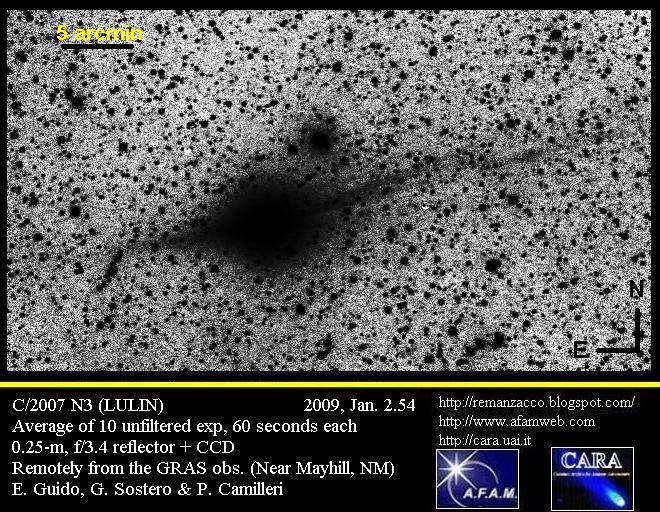
Late next month Earth will receive a new celestial visitor named Lulin - or Comet C/2007 N3 - which astronomers say may have never visited this corner of the solar system before and should be visible to the naked eye.
Comets are icy clumps of dust and small rocks left over from the beginnings of the solar system. As they near the Sun some of the outer layer of ice is vaporised, releasing gas and solid debris that fans out into a tail pointing directly away from the Sun.
Astronomer and author Gary Kronk, based in St Jacob, Illinois, estimates that by 24 February, Lulin's gas tail should appear as long as around eight times the diameter of a full Moon. At that time it will be a mere 38 million miles from Earth, almost as close as Mars reaches to our planet.
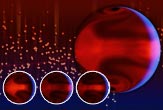
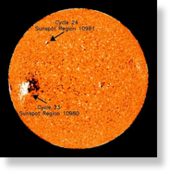

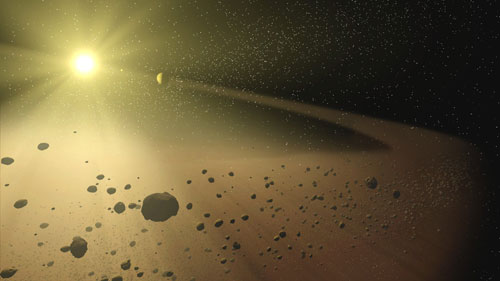

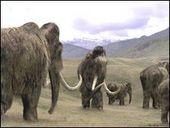



Comment: According to the late Rhodes Fairbridge, the alignment of the Jupiter and Saturn, along with the minor planets, control the climate on Earth. And according Richard Mackey, writing in the Journal of Coastal Research (Special Issue 50, 2007): Not only has Ulysses found that the sun has reduced its output of solar wind to the lowest levels since accurate readings became available, but it's magnetic field has dropped by 20%. At the same time, the solar system appears to be passing through a galactic dust storm. Indeed.
And we also know that during the previous ice age the depositional flux of cosmic dust was much higher than during the Holocene.
Gabrielli's paper shows that it was not the sun alone that caused the last ice age:
It bears repeating astronomer Victor Clube's comment: